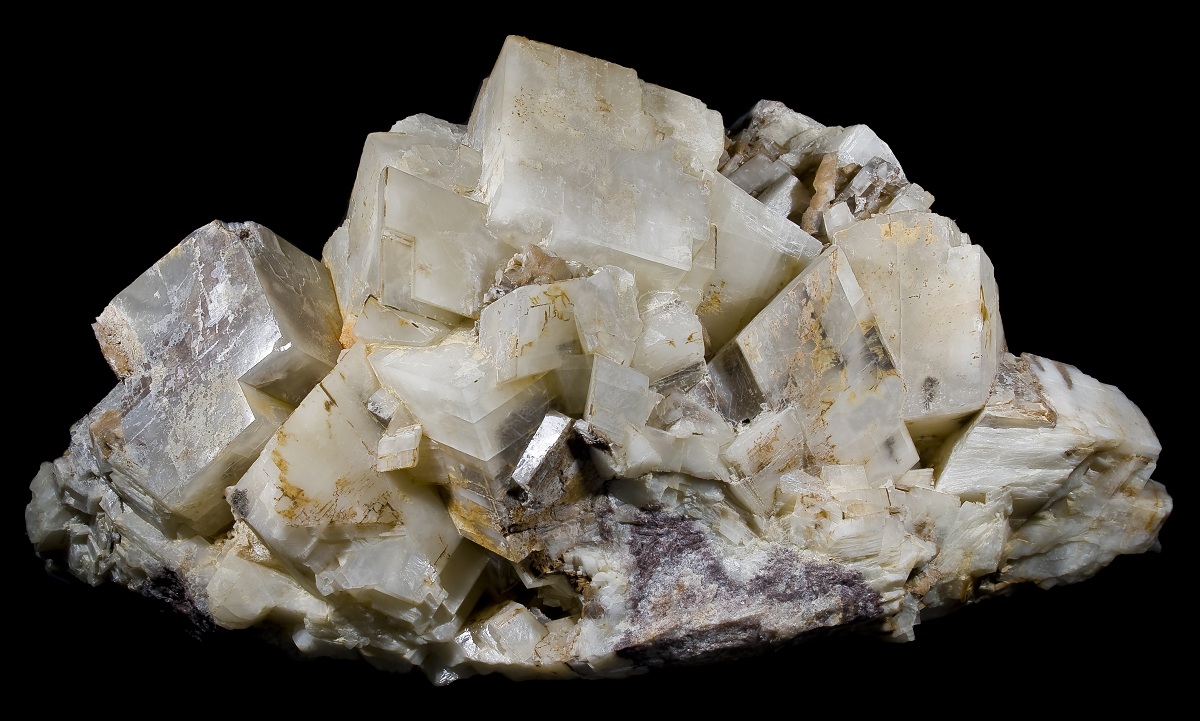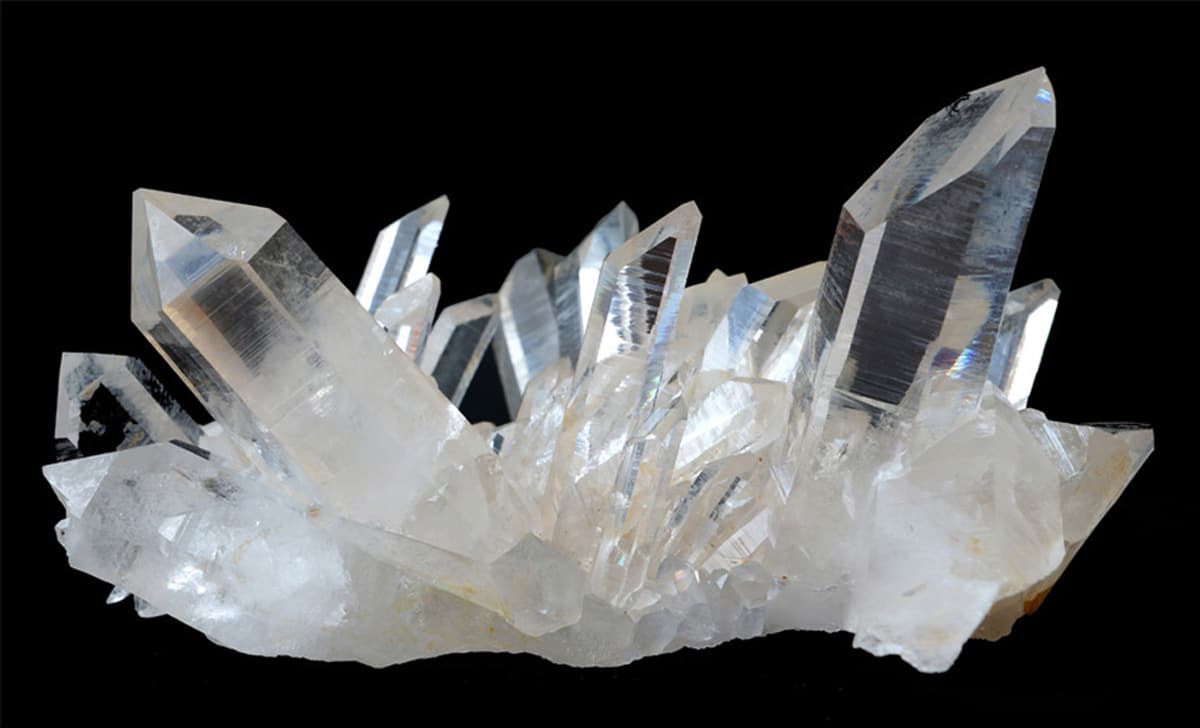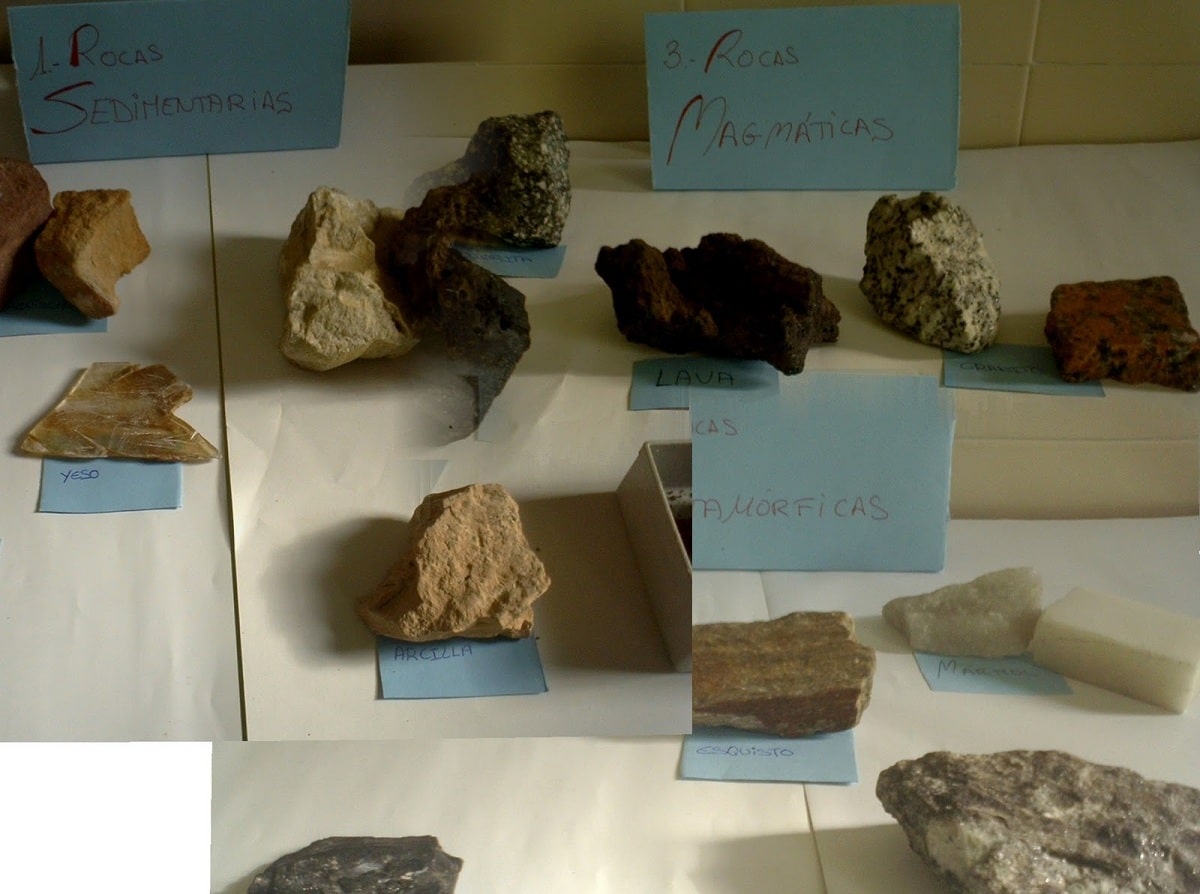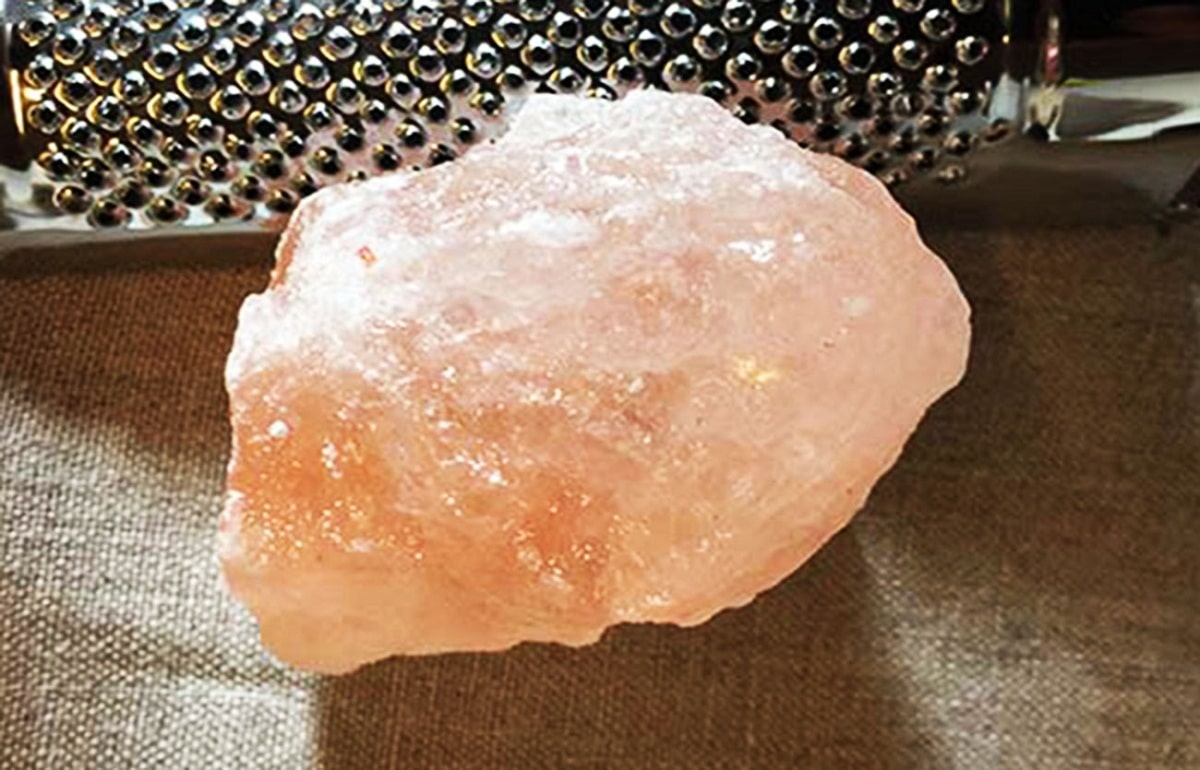
There are many people who confuse them but there are great differences between mineral and rock. We can analyze in detail some differences such as size, color and texture with the naked eye and other chemical differences with respect to their composition. This means that both minerals and rocks are made up of different materials. Its origins and composition are responsible for the various variations that exist in the characteristics of a terrain.
In this article we will explain to you what are the differences between mineral and rock.
What is a mineral

The first thing we need to know is the difference between the definitions of mineral and rock. A mineral is a solid material that is created naturally and with inorganic nature. It contains a certain chemical composition and a well-defined crystal structure. Depending on the type of mineral it will have a crystalline structure or another. This structure, which is what gives shape to the mineral, depends on its origin and formation.
The origin of a mineral depends on the chemical elements and the physical, chemical and thermodynamic characteristics of the natural system in which it is formed. This means that The formation of a mineral at great depth is not the same as on a specific surface. For minerals and their structure, the geological phenomena that take place on the ground have nothing to do with it, while they do on rocks. The shapes of rocks and their internal structure depend on the geological phenomena seen at the place of formation.
Classification and structure of minerals
Minerals can be classified based on their chemical composition, internal structure, into the following groups:
- Native elements.
- Sulfides
- Sulfosalts.
- Oxides and hydroxides.
- Halides
- Carbonates, nitrates and borates.
- Sulfates and chromates.
- Volframates and molybdates.
- Phosphates, arsenates and vanadates.
- Silicates.
Since each mineral is made up of several different chemical elements, it is usually located in several ways:
- Messy: in these minerals we find the components in a completely disordered way. They are structures that do not correspond to any defined geometric shape. This causes the mineral to have an amorphous structure and a geometric shape cannot be analyzed. For example, one of the minerals that naturally have the components in a messy way is natural glasses.
- Ordered: are those minerals whose component is forming a well-defined and ordered geometric shape. It is here where neighbors that the mineral has a crystalline structure. The crystal structure can be in several ways. If the mineral can be analyzed with the naked eye it will be called crystal. The vast majority of minerals are crystals, since their internal structure can be seen with the naked eye as a crystal.
It must be emphasized that minerals must always have a defined chemical composition and this will depend on the type of mineral it is. We can know that graphite and diamond in the same composition. In other words, they are composed of the same chemical elements, but they have a different molecular arrangement. This makes them two completely different minerals both in appearance and internal structure. In addition, the economic value of one and the other is also different.
Definition and classification of rocks

Once we know what minerals are and how they are classified based on their structure and composition, now we have to know what the differences are between mineral and rock. Unlike minerals, rocks are the result of meteorological and geological phenomena, which are those that respond to their shape, size, etc. These features of the rocks are reflections of the geological processes that created them. It is here where scientists study in order to obtain all the information necessary for the understanding of our planet and the application of rocks as energy resources and mineral resources.
The rocks, depending on their formation, are differentiated into 3 large groups: igneous, sedimentary and metamorphic. Each type of rock has different characteristics. Let's see what are the characteristics of the different types of rocks:
- Igneous rocks: They are those that have formed when magma cools and solidifies. As this magma cools, crystals of various minerals form so that it cools inside the crust will be a slower process and if it cools outside it will be a faster process. The cooling of the magma will cause the rock to be of one type or another. For example, if magma cools inside the earth's crust, they will be called plutonic igneous rocks. On the other hand, if the magma cools outside the earth's crust, it will form rocks and volcanic igneous that are usually fine-grained and larger crystals.
- Sedimentary rocks: these rocks have a different formation process than the previous ones. They are formed from the compaction or cementation of sediment layers. Sediments are the remains of rocks that have been dislodged due to other weathering processes. Continued compaction or cementation by pressure and gravity form these rocks.
- Metamorphic rocks: they are generated from other igneous, sedimentary, or even other metamorphic rocks. Weathering is a process that occurs physically or chemically and that is capable of modifying the bedrock and transforming it into another new rock. These physical or chemical changes go through changes in temperature, pressure, chemical alterations, etc.
Differences between mineral and rock

Once we have known the definitions of both, we can know the differences between mineral and rock. We must know that the differences lie in the fact that the rocks are made up of heterogeneous mixtures of other materials such as grains or crystals and more than one mineral. A rock can be composed of several minerals. When a rock is made up of only one mineral, it is known as a monomineral rock.
The main difference is that, while minerals are formed in a stable way and with an atomic number and chemical formula, rocks are formed by a combination of them.
I hope that with this information you can learn more about the differences between mineral and rock.